Ghanaian photographer Prince Gyasi likes to describe himself as an artistic vessel who uses imagery to express how he feels, and to share what he cares about. Primarily producing portraits and documentary photography, his work creates a collage of his city and the people who live in it. Playing with colour, shadow and composition, he has developed a style that beautifully captures planned and candid moments. With Instagram operating as an online gallery and portfolio for his work, he is able to curate the collective visual narrative for his photography, pushing against the fetishized and problematic representations of African cities by outside photographers.
Reflecting on his portraiture, Prince expressed in an interview with Sukeban Magazine that, “Portraits are part of human history…Portraits go way back; it helped people keep track of growth, express creativity and record memories. I believe portraits are important in our generation; it helps you communicate your emotions to others just by the way you look. As a photographer when you’re taking portraits you’ve got to be the mirror! People have to look at their portraits and say I feel dull today, I’m happy today, or I feel I’m really pretty or fine. It helps people grow and tackle their day to day issues with hope.”
His most recent project continues with the idea of instilling hope in people. Prince co-founded Boxed Kids with his partner Kuukua. This nonprofit project aims to help creative children in Jamestown with getting access to education. The name “Boxed Kids” refers to the fact that many of the children Prince came across in the small fishing district were in places and situations that are difficult to come out of without any assistance. Inspired by an event that his mother organised to help underprivileged children, his aim was to go further by helping them to develop their creative talents through education.
The initial plan was to launch a campaign that offered direct access to school, but with this own limited means this was not an option. Working within his own creative practice, Prince took photographs of the city, some of the children and the conditions in which some people live, and shared this on Instagram. Titled ‘Boxed Kids: Accra, Ghana’, this work received an increasing number of likes and shares, and this response encouraged him to set up a gofundme page for some of the children he has gotten to know, with the hope that this will assist with the initial goal.












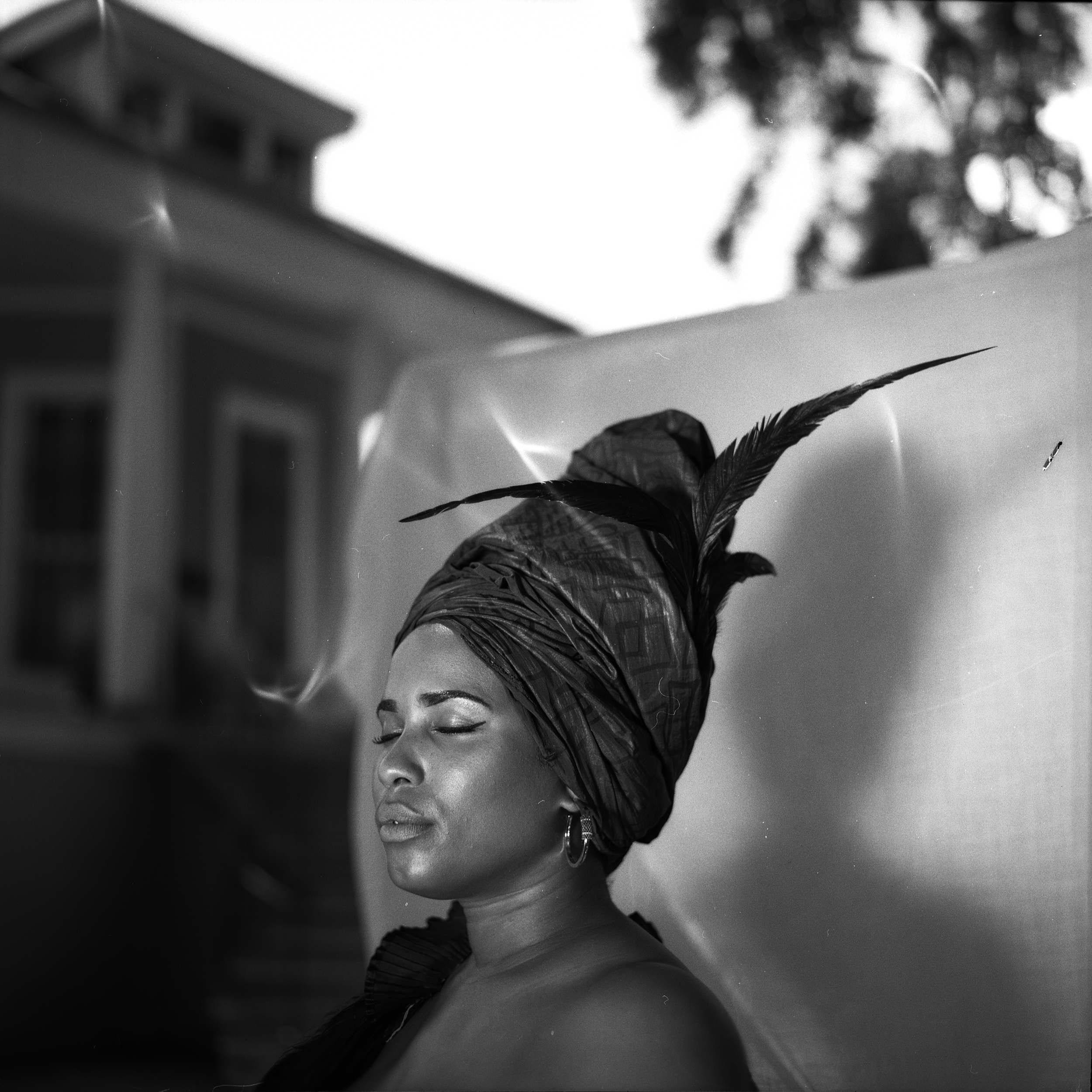

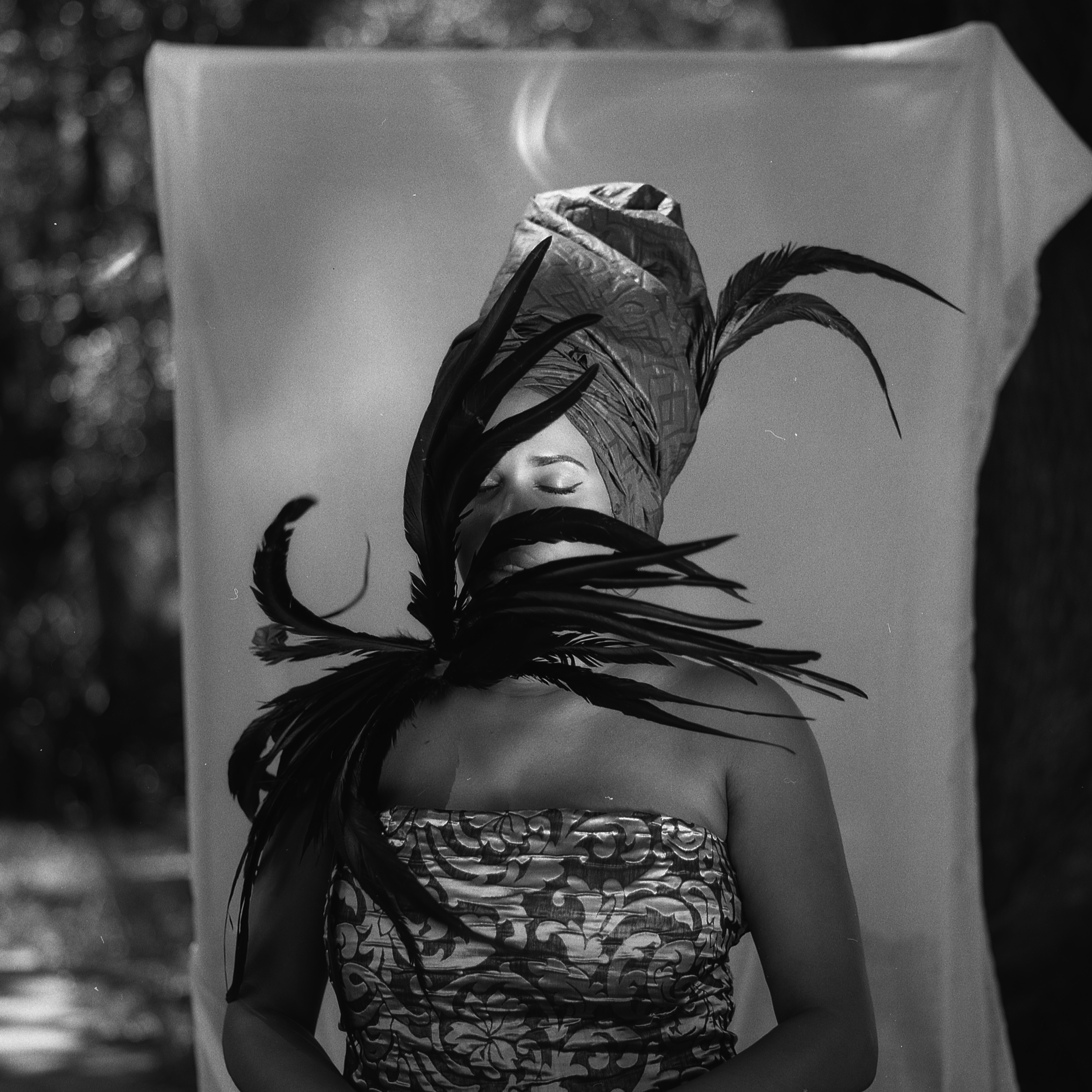
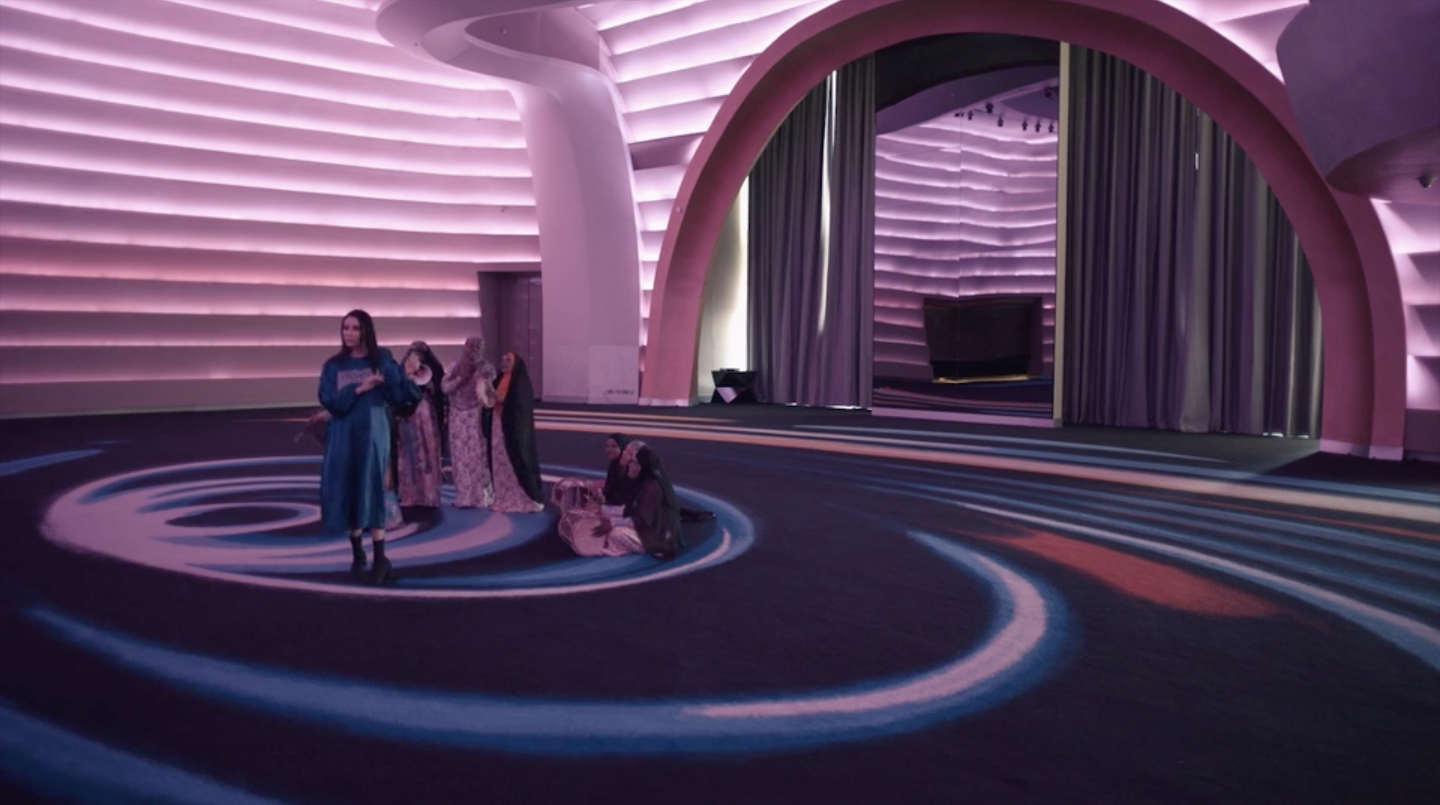
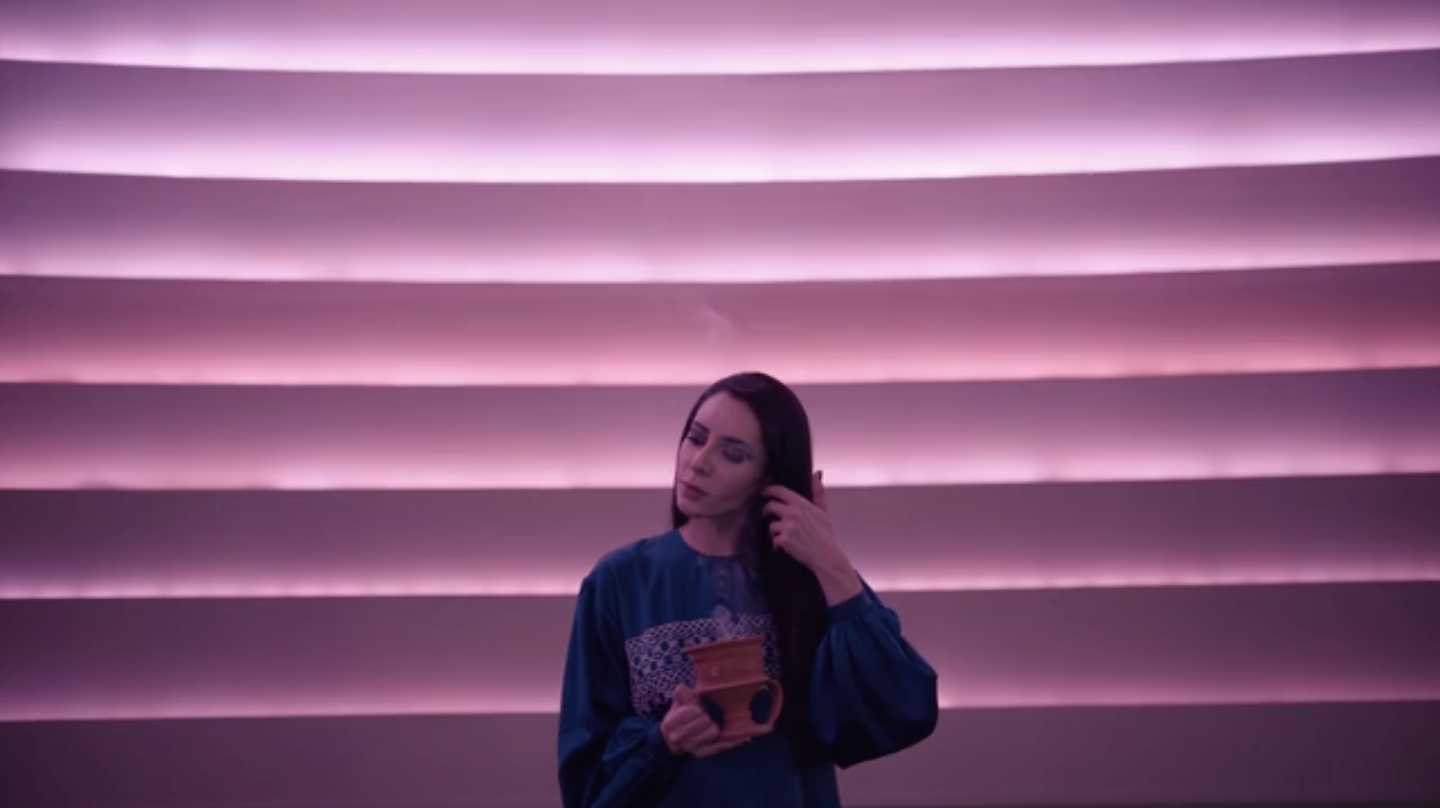



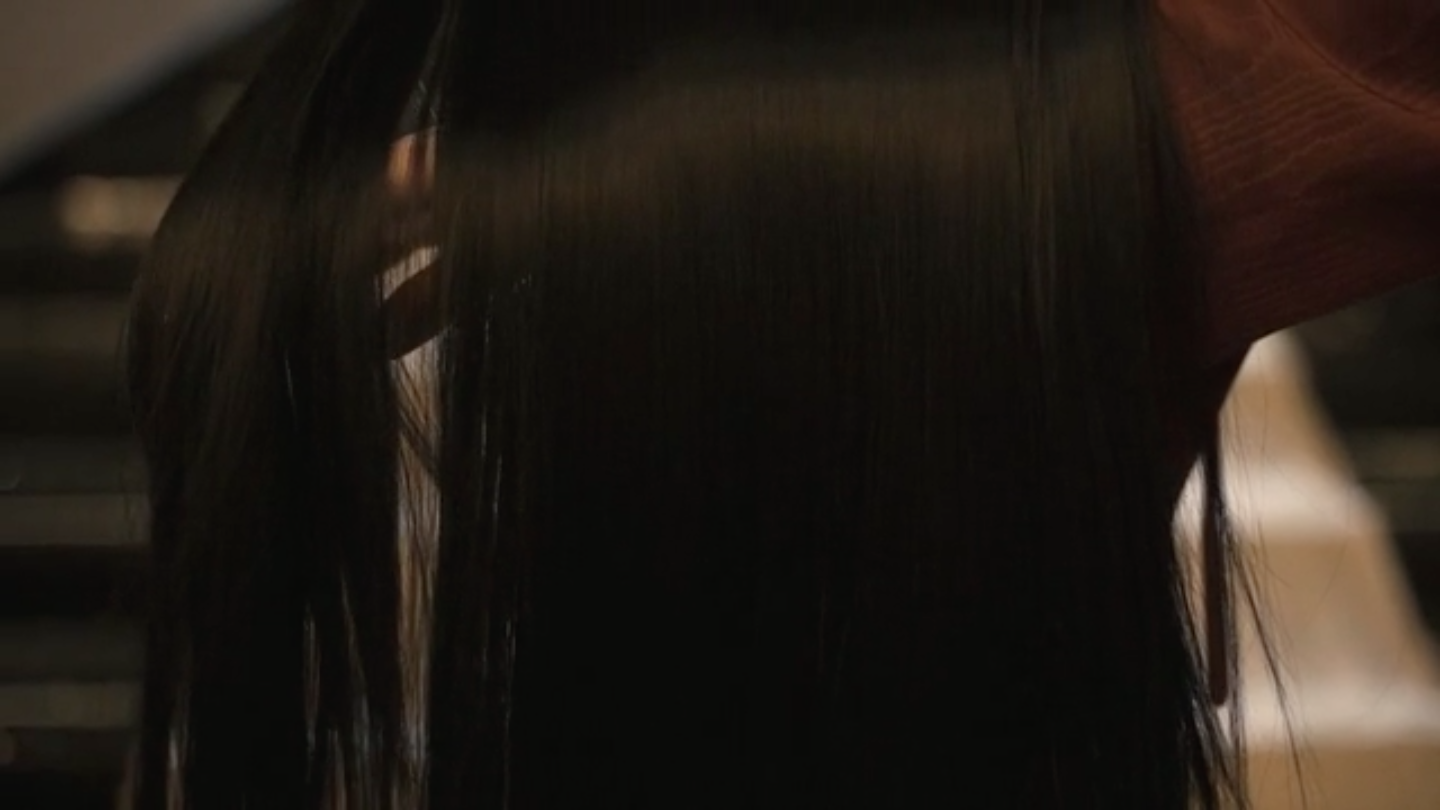












 Skillfully captured by the lens of
Skillfully captured by the lens of  In addition to the feelings of nostalgia these images evoke, the pairing of models, the softness of film and lost information in the images creates a mysterious absence in sections. This lost information, sometimes associated with film, does not take away from the images. It enhances them.
In addition to the feelings of nostalgia these images evoke, the pairing of models, the softness of film and lost information in the images creates a mysterious absence in sections. This lost information, sometimes associated with film, does not take away from the images. It enhances them.














